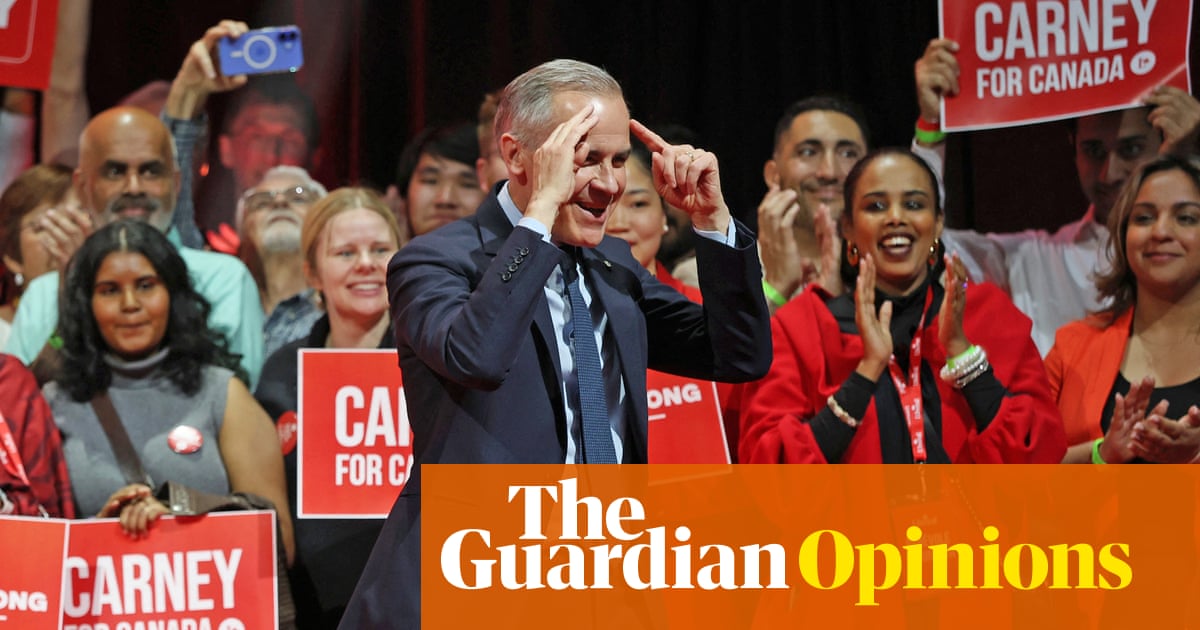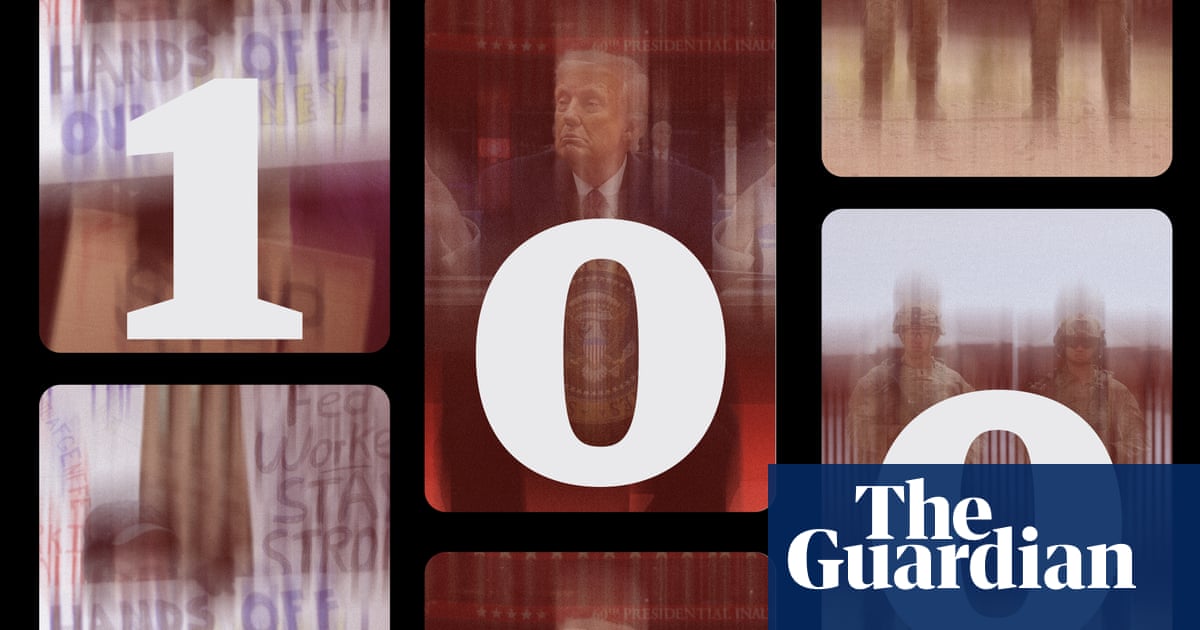Last Sunday night, as I was getting ready for bed, my friend Ali from the South Hebron Hills of Palestine sent me a text which read, “Israel is burning sleeping people alive in the refugee camps.” I clicked on the accompanying video and I could not believe what I saw: an inferno blazing, people running around screaming, and there, amidst the flame, a body writhing, crackling; a raised arm, reaching out for help, still attached to an IV. I waited for the following morning to share the video, until the event had been reported by reputable news outlets, because the images appeared too gruesome to be real – like they were something out of a movie – but they were real: an Israeli airstrike hit near the grounds of al-Aqsa Martyrs’ hospital in the central Gaza city of Deir al-Balah and killed at least four people. The man that we saw burning alive? His name was Sha’ban al-Dalou, a 19-year-old software engineering student.
In the 24 hrs since this attack, my social media feed was filled with videos of and reactions to this attack. The reel posted on Instagram by Palestinian journalist Saleh Aljafarawi has been shared over 455,000 times. The CNN Instagram post has been viewed over 1.2m times. Randa, a Palestinian friend of mine whose grandparents were born in Gaza, shared that this event was clear proof that Israel was waging a war of “annihilation”. Survivors of the attack said the fires were caused by gas cooking canisters. Israel blamed “secondary explosions” in a statement.
The Israeli social change organization Looking the Occupation in the Eye, with whom I’ve volunteered in the West Bank, shared Aljafarawi’s video, commenting that “the burning of men, women, and children alive is not a policy of extermination, but the loss of humanity”. It seemed clear to me that, after over a year of war livestreamed to the world, the images of this particular horror had broken through the noise on social media and was crystallizing as something larger, something different, something that would symbolize both the sheer brutality of the Israeli government and military’s assault as well as the nightmarish nature of Palestinian suffering in Gaza. Will Sha’ban al-Dalou become for Israelis and Palestinians the kind of symbol Emmitt Till has been for Americans?
When 14-year-old Emmitt Till was abducted, beaten and murdered by two white men in Mississippi in August 1955, the lynching of Black Americans was hardly a new phenomenon. In the late 19th and early 20th centuries, an estimated two or three Black people were lynched each week in the south. Before Till, more than 500 people were lynched in Mississippi alone. But the sight of Till’s mutilated face, viewed by tens of thousands of mourners at Till’s funeral in Chicago, and which millions more would see in print in newspapers and magazines around the country, provoked a different reaction in the US.
Till’s cousin Simeon Wright, who was with him the night he was murdered, has spoken about the significance of the decision by Emmitt’s mother Mamie Till-Mobley to have an open casket. “She said it herself, she wanted the world to see what those men had done to her son because no one would have believed it if they didn’t [see] the picture or didn’t see the casket. No one would have believed it. And when they saw what happened, this motivated a lot of people that were … ‘on the fence’, against racism. It encouraged them to get in the fight and do something about it. That’s why many say that that was the beginning of the civil rights era … [N]ow we had the whole nation behind us.”
Indeed, four months later, in December 1955, Black activists, including Martin Luther King, Jr and Rosa Parks, organized the Montgomery bus boycott. For more than a year, between 30,000 and 40,000 Black residents – that’s four-fifths of the city’s entire Black population – participated in sustained socio-political action, which eventually resulted in a US supreme court ruling that segregated buses were unconstitutional.
A shocking image won’t, on its own, lead to change, as Till’s story makes clear. Change comes when particular events – what social movement theorists often call “moments of the whirlwind” whip people up, usually in moments of crisis, to envision and then enact new political realities.
This is what we need now for Gaza: we need to see and to believe; to let ourselves be completely disgusted and filled with rage; and to get up off the fence and take decisive collective action. Israeli human rights groups B’Tselem, Yesh Din, Physicians for Human Rights, and Gisha are warning us that the Israeli military may have already begun the forcible transfer of Palestinian civilians from northern Gaza through tightening the siege and starving the population.
The war between Israel and Lebanon is escalating, with over 2,000 Lebanese now killed at the hands of Israeli forces, and, just two days ago, four Israeli soldiers were killed and some 60 others injured in a Hezbollah drone attack on a military base inside Israel. And regional violence can easily escalate: an Israeli retaliation against Iran for its recent missile barrage appears imminent; the US has sent 100 American soldiers to Israel to operate a new missile defense system, potentially drawing the US personnel directly into a devastating hot war with Iran.
In Jewish and Muslim traditions, we believe that every life is a universe. To kill one person is the equivalent of destroying an entire world. But in our mass media culture, certain lives take on greater symbolic significance while others remain virtually anonymous. Emmitt Till came to represent not only thousands of Black people lynched, but also the millions of innocent people still living, whose precious lives we still have time to defend against the scourge of racism. In this sense, a single life lost can lead to the salvation of an entire nation – a spiritual galaxy – if we choose to make it so.
In the video that Ali sent me, the cries of the onlookers were too loud to hear what Sha’ban al-Dalou, engulfed in flame, reaching out from his hospital bed, might have been saying – if he had enough air in his lungs to utter anything at all. But to me, a thousand miles away, seeing this video alongside all the other news, I hear one clear message: stop the killing, stop the war, let Palestinian people live. Because every life, whether it burns out in a blaze on social media, or flickers out in silence, is an entire universe.
So in the memory of those lost worlds, and for the protection of the living, we must make this moment a watershed that quenches the hellfire that threatens to envelop Israel, Palestine, Lebanon and the entire region. Let the memory of Sha’ban al-Dalou be the memory that brings us back to our common humanity and ends this war – the war that started on 7 October and the war that has raged for 100 years between the River and the Sea.
-
Zak Witus is the young leadership & education coordinator at the New Israel Fund

 8 months ago
8 months ago
 (200 x 200 px).png)








 English (US) ·
English (US) ·